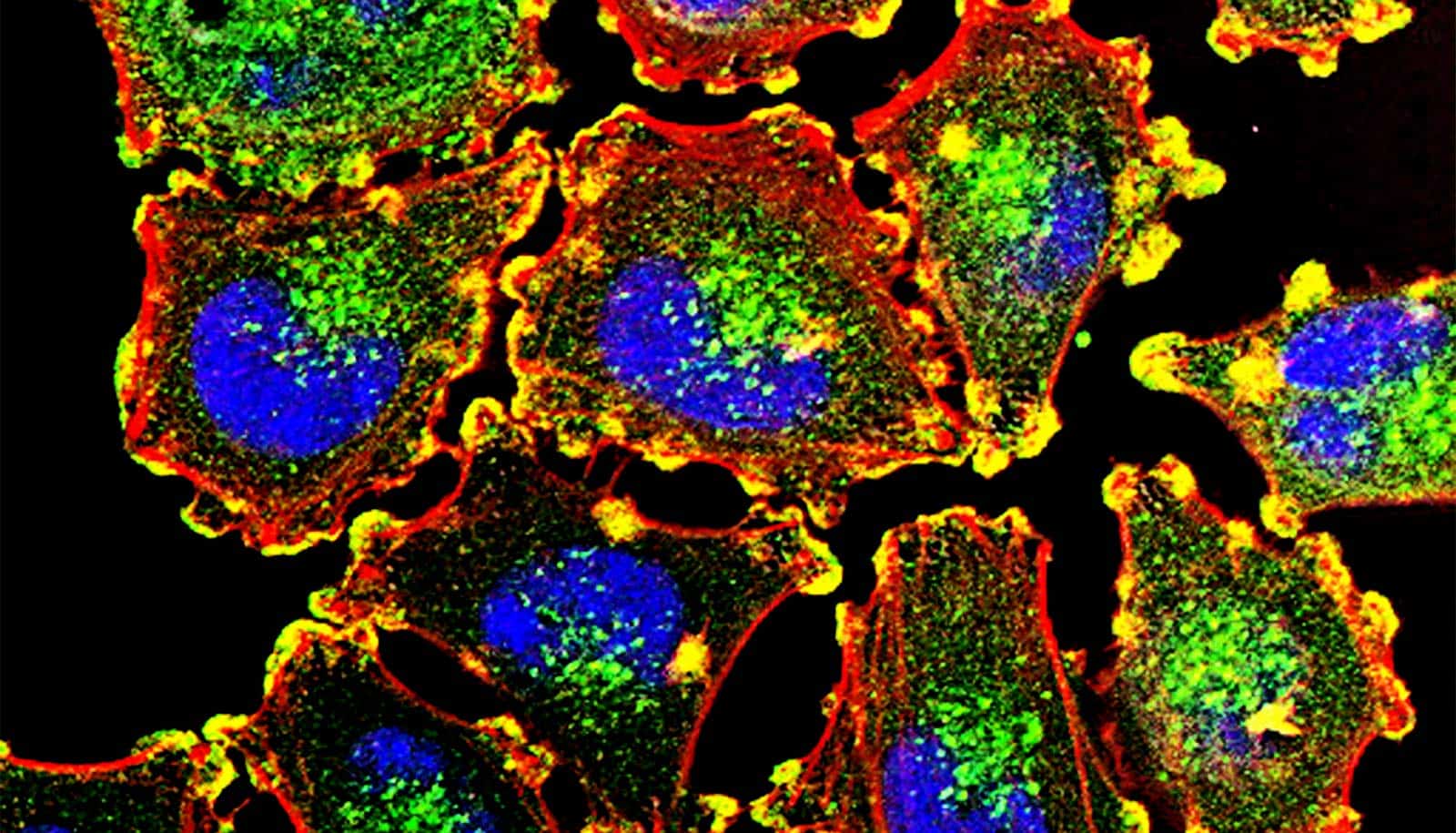A new approach can predict how individual cells react to specific treatments, offering hope for more accurate diagnoses and therapeutics.
Cancer is triggered by changes in cells that lead to the proliferation of pathogenic tumor cells. In order to find the most effective combination and dosage of drugs, it is advantageous if physicians can see inside the body, so to speak, and determine what effect the drugs will have on individual cells.
The new machine learning approach allows such cell changes and drug effects to be modeled and predicted with much greater accuracy and nuance than before.
In the battle against cancer, a fine-grained understanding of the behavior of individual cells towards a drug is key. After all, a medication ideally ought to destroy only tumor cells. However, if the effect of a drug is known only as a statistical average of a larger cell population, an analysis of the drug’s effect might not detect that certain tumor cells survive the drug due to their nature or obtained resistances, and the cancer will continue to spread.
The new approach recognizes the distinct reactions individual cells can have to a drug within a larger population. This understanding of cell variation is pivotal for advancing more effective cancer treatments.
“The diversity within a group of cells greatly influences their sensitivity or resistance to changes. Instead of basing our understanding on the average response of a cell group, our method can precisely describe—and even predict—how each cell reacts to disturbances like those from a drug,” says Gunnar Rätsch, professor of biomedical informatics at ETH Zurich and the University Hospital Zurich.
CellOT method
Researchers refer to the molecular reactions with which cells respond to chemical, physical, or genetic influences as perturbations. Such disturbances alter the affected cells and can, for example, trigger their death. The effect a given drug has on a cancer cell can also be seen as a perturbation.
Understanding which cancer cells respond to a drug and identifying the traits of those that form resistance to a drug is crucial for developing new treatment approaches and strategies. Such new treatments could be more effective at inhibiting cell growth or even causing pathogenic cells to die.
In their study, published in the journal Nature Methods, the researchers demonstrate that their method works not only on cancer cells but also on other pathogenic cells—for example, including the case of lupus erythematosus. This autoimmune disease is typically accompanied with a red rash and can lead to inflammation of the chest, heart, or ribs.
Another key innovation to emerge from the study is the ability to make predictions: the Zurich researchers are calling their new machine learning method CellOT. Besides evaluating existing cell measurement data and thus expanding the knowledge of cellular perturbation reactions, CellOT can also predict how individual cells will respond to a perturbation whose reactions have not yet been measured in the laboratory.
The new method paves the way towards more targeted and personalized treatments: the predictions allow for the forecasting of a perturbation’s effect on unseen cells, and thus indicate how well a patient’s cells respond to the drug in question.
Comprehensive clinical trials are still required before the approach can be used in a hospital setting. At present, the researchers have demonstrated the method’s ability to provide highly accurate predictions.
Gradual cancer cell changes
Machine learning is what made such predictions possible. For CellOT, the researchers use novel machine learning algorithms and train these with both data from unperturbed cells and data from cells that changed after a perturbation response. In the process, the algorithm learns how cellular perturbation reactions arise, how they progress, and the likely phenotypes of altered cell states.
The researchers collaborated with a research group led by Lucas Pelkmans, professor of cellular systems biology at the University of Zurich. Gabriele Gut, formerly a postdoc in Pelkmans’ lab and now senior scientist in the Medical Oncology and Haematology Clinic at the University Hospital Zurich, measured the specific cell changes using a technique called 4i multiplex protein imaging.
“CellOT works particularly well on data acquired with this technique,” Pelkmans says. In addition, the researchers obtained single-cell RNA data from public databases.
“Mathematically speaking, our machine learning model is based on the assumption that cells change gradually after a perturbation,” says Charlotte Bunne, who, along with Stefan Stark and Gabriele Gut, is the lead author of the study and is working on her doctorate under Andreas Krause, professor of computer science. “These gradual changes in cell states can be described and predicted well using the mathematical theory of optimal transport.”
CellOT is now the first approach to use optimal transport and machine learning to predict the perturbation responses of cells from new samples. “Established OT methods do not allow for out-of-sample or out-of-measurement predictions. But that’s exactly what CellOT can do,” Bunne says.
Source: ETH Zurich



